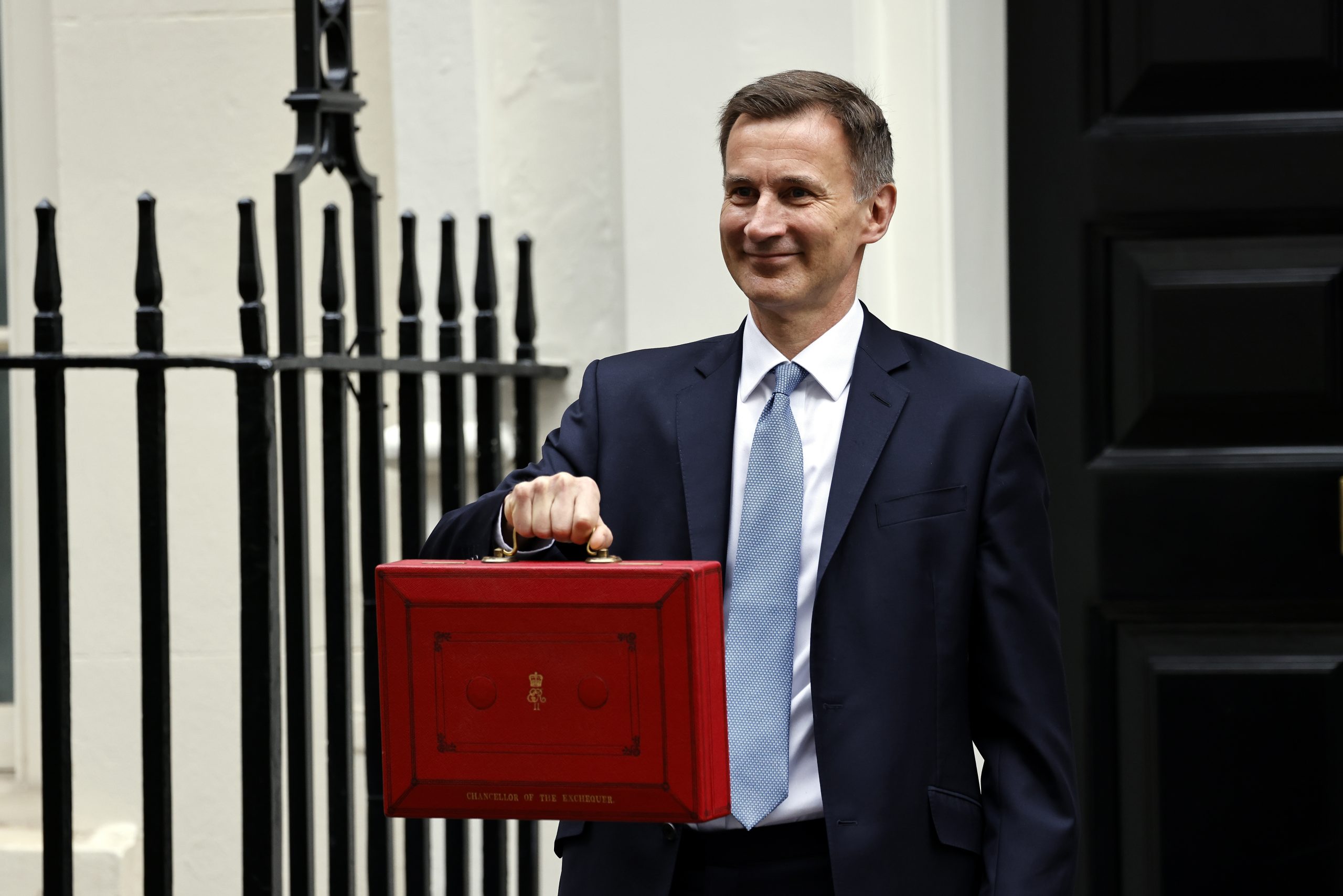Empowering Workers and Entrepreneurs: A Deep Dive into Tax Cuts and Rewards in Chancellor Jeremy Hunt’s Autumn Statement
In Chancellor Jeremy Hunt’s Autumn Statement, the emphasis on cutting taxes and rewarding hard work emerges as a cornerstone of the government’s economic strategy. This article takes an in-depth look at the nuanced changes, particularly concerning income tax and National Insurance Contributions (NICs), and how they impact both employees and the self-employed.
Class 1 NICs Reduction for Employees
For employees earning above £12,570 per year, the reduction in the main rate of Class 1 NICs from 12% to 10% starting January 6, 2024, marks a significant move. This cut not only lightens the tax burden but aims to reward the hard work of individuals contributing to the economy. Over the course of a full year, the average worker earning £35,400 stands to benefit from a NIC reduction exceeding £450. Those earning above £50,270 annually will see a more substantial reduction of £754. It’s a targeted approach that puts more money back into the pockets of the workforce.
It’s essential to note that the Class 1 NIC rate will stay at 2% for earnings surpassing £50,270 annually, maintaining a progressive tax structure.
Consistency in Employer’s Class 1 NICs
While there are cuts in employee contributions, there is stability in the rate of employer’s Class 1 NICs, which remains at 13.8%. This ensures a balance in the overall NICs structure, with the burden of contributions shared between employers and employees.
Self-Employed Individuals: Class 2 and Class 4 NICs Overhaul
Self-employed individuals have a unique NIC structure, comprising Class 2 and Class 4 contributions. The reforms are designed to simplify the system and bring about more equitable outcomes.
- Class 2 NICs Abolition: Historically, Class 2 NICs have been a flat-rate charge of £179.40 per year (£3.45 per week). However, starting April 6, 2024, no one in the self-employed category will be required to pay this charge. This move eases the financial burden on self-employed individuals.
- Class 4 NICs Reduction: The main rate of Class 4 NICs will be reduced from 9% to 8% from April 6, 2024. This reduction is expected to translate into significant savings for the self-employed. The calculation remains at 2% on profits exceeding £50,270.
These changes result in tangible savings for the average self-employed person with profits of £28,200, amounting to £336 in the fiscal year 2024/25.
Class 2 NICs and State Benefits for the Self-Employed
Class 2 NICs have traditionally provided the self-employed access to state benefits, including the State Pension. The reforms ensure continuity in benefit access based on annual profits:
- Profits Above £12,570: Individuals falling into this bracket will continue to receive access to state benefits.
- Profits Between £6,725 and £12,570: Access to benefits will be maintained through a National Insurance credit, acknowledging the contribution made to the system.
- Profits Under £6,725: Those with profits below this threshold (or facing losses) can continue to pay Class 2 NICs voluntarily, securing their access to state benefits. Importantly, it appears that the £3.45 weekly level for Class 2 NICs will be maintained in this bracket, offering stability for those in this income range.
In conclusion, the Autumn Statement’s focus on cutting taxes and rewarding hard work is not a generic approach but a nuanced strategy that considers different segments of the workforce, fostering economic inclusivity and resilience. The changes in NICs structure strike a balance between providing relief for individuals and ensuring the sustainability of the overall system. As the new fiscal measures come into effect, they are poised to shape a more dynamic and equitable economic landscape.
How Exchange Accountants Can Help
As these pivotal changes in tax structures unfold, individuals and businesses need astute financial guidance to navigate the evolving landscape. Exchange Accountants, with our expertise in tax planning and financial strategies, stand as invaluable partners in maximising the benefits of the new fiscal measures. From optimising individual tax returns to advising self-employed entrepreneurs on the most tax-efficient structures, Exchange Accountants can provide tailored solutions. With a keen understanding of the intricacies of tax reforms, we empower clients to make informed decisions, ensuring not just compliance but also strategic advantage.
In a dynamic economic environment shaped by the Autumn Statement, the role of Exchange Accountants becomes crucial in helping clients seize opportunities and build resilient financial foundations. Contact us today.






